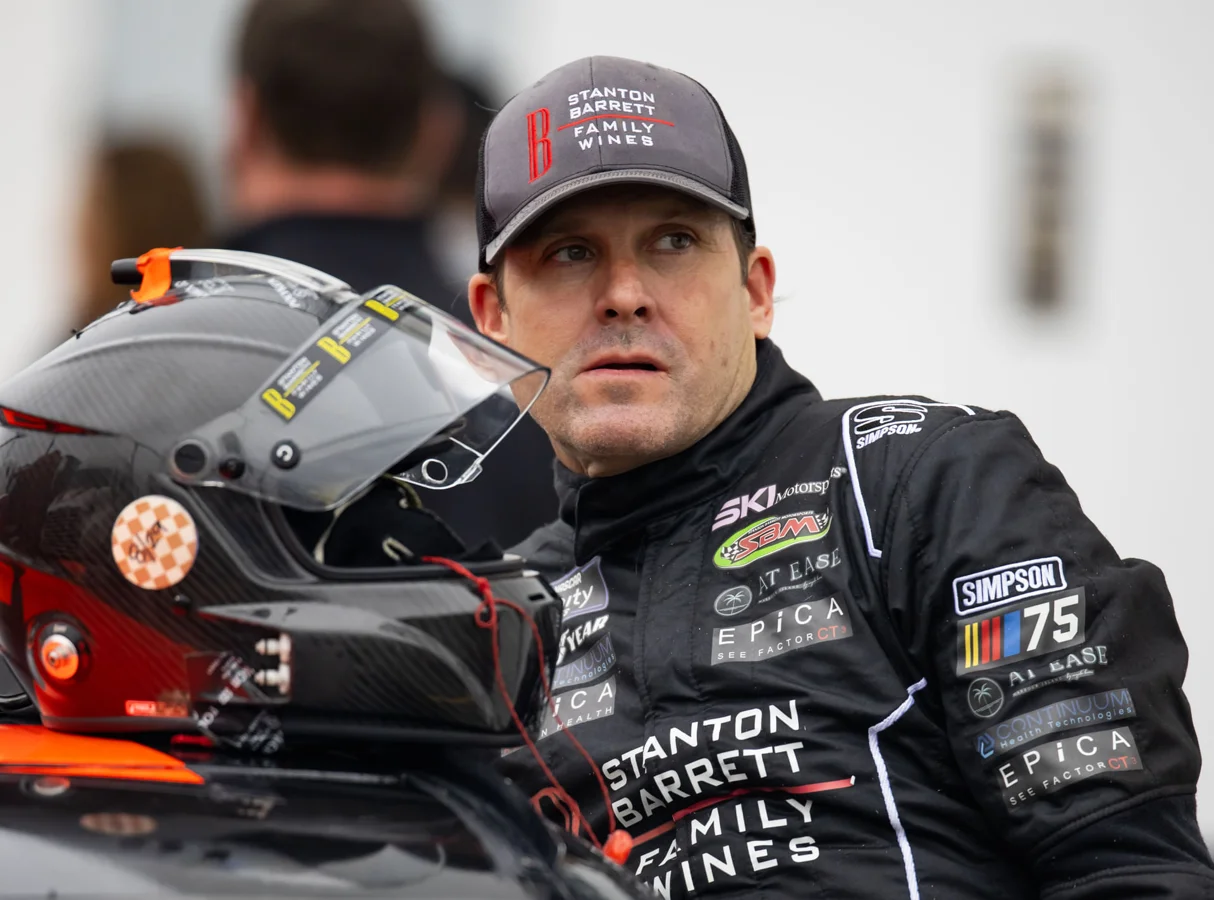NASCAR drivers with unusual past careers often demonstrate just how winding the road to professional racing can be, as many notable competitors once balanced surprising jobs before making their names on the track. From fields and workshops to film sets and classrooms, several drivers have proven their determination by building unique resumes before entering the spotlight of NASCAR’s major circuits.
While many in the racing world started life surrounded by engines and fast cars, a select group began in entirely different arenas. Here is a closer look at five NASCAR figures who followed distinct and sometimes unexpected career paths on their journey to stock car success.
Five Racers Who Began With Remarkably Different Jobs
Stanton Barrett represents one of the most diverse backgrounds in modern racing. Known for his extensive involvement in NASCAR’s national tours—over 200 appearances in the Xfinity Series and 25 in the Cup Series—Barrett’s career extends far beyond the circuit. Away from the track, he built a reputation in the film industry as both a stuntman and director, contributing to blockbuster productions such as Spider-Man, several Jurassic Park sequels, Blade, Batman Forever, and Jumanji. Even after stepping back from full-time competition, he continues to split his focus between racing and Hollywood action sequences.
Benny Parsons, remembered today as a Hall of Fame inductee, began his journey helping run his family’s service station and taxi business in Detroit. Though he was not a regular cab driver, Parsons often covered shifts while managing mechanical repairs and dispatch duties for his father’s enterprise. These roles grounded him in hard work and kept him connected to the road, laying the foundation for his early efforts in regional stock car competition. Parsons transformed those humble beginnings into a celebrated racing tenure, featured by a commanding 1973 Winston Cup title and a respected second act as a NASCAR broadcaster.
Harry Gant, often called “Handsome Harry” by fans, launched his career not from a racetrack but among construction sites. As a trained carpenter and contractor, Gant built a variety of homes and even managed a local steakhouse in Taylorsville, North Carolina. His confidence in his carpentry skills once outweighed his belief in his driving talents. In 1979, Gant sold off his contracting business to pursue NASCAR full time, bringing an independent, hands-on approach to his equipment and team. Over the next two decades, he claimed 18 Cup Series victories and 21 in the Xfinity Series, earning admiration for his graceful driving and late-career achievements.
Kevin Harvick, well known as a 2014 Cup Series champion and current Fox Sports analyst, initially found success on athletic mats rather than race tracks. Raised in Bakersfield, California, Harvick competed in high school wrestling, capturing sectional titles while maintaining a weekend schedule of kart races. Harvick credits wrestling with sharpening his competitive instincts, which later served him well as he advanced through regional stock car tours. After making the crucial leap to NASCAR in the late 1990s—eventually taking over for the legendary Dale Earnhardt Sr. in 2001—Harvick’s determination led to more than a hundred victories across NASCAR’s national ranks.
Carl Edwards, famous for his post-race backflips, began his working life as an elementary school substitute teacher in Columbia, Missouri. Juggling classroom duties with short-track racing on weekends, Edwards saw teaching as a means to support his dreams, funding tires and travel while he waited for an opportunity in motorsports. When his break arrived in 2002 with a seat in the Truck Series, Edwards quickly impressed, soon moving up to the Cup Series with Roush Fenway Racing. Over twelve seasons, he recorded 28 wins in the Cup Series and twice finished as the overall championship runner-up.
How Early Vocations Influenced Their Racing Paths
Each of these NASCAR drivers with unusual past careers utilized their distinct experiences to shape their racing personas and strategies. Parsons’ exposure to the family business reinforced his work ethic and problem-solving in high-pressure situations. Barrett applied lessons from stunt work to master control and risk on the track. Gant’s craftsmanship contributed to meticulous car maintenance and adaptability during races. Harvick’s wrestling past instilled focus and resilience, while Edwards drew from the patience and adaptability gained as a teacher.
Lasting Impact of Diverse Backgrounds on NASCAR
The stories of Stanton Barrett, Benny Parsons, Harry Gant, Kevin Harvick, and Carl Edwards illustrate that NASCAR’s appeal and talent pipeline draw from a wide array of professions and life experiences. Their journeys highlight how determination and openness to new challenges can carve unexpected routes to racing glory, inspiring both fans and aspiring drivers. As the sport grows, such varied backgrounds continue to bring fresh perspectives and skills to the competitive world of stock car racing.
